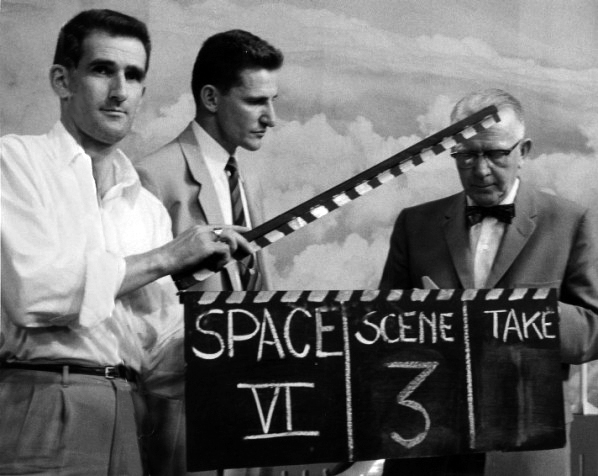Why I'm writing this post
Recently I signed up for John Sonmez's free blogging course. I thought it was great. John had lots of good tips for anyone looking to start or grow their blog. As a part of the course, John gave us some homework. Our latest assignment had two parts:- Write a blog post about John's course...check!
- Find a post on SimpleProgrammer.com and comment on it...check!
What is the Joel Test?
The Joel Test is a set of criteria Joel Spolsky defined to rate the quality of software development teams. Inspired by the Joel Test, John came up with his own test to rate the quality of software developers. Both tests got me thinking about the criteria I use to evaluate whether or not a new employment opportunity is right for me. As a result, here are eight things I think you should know about your next employer:#1) How do they make money?
Remember, you're investing your time and energy into this organization, and for most of us, our livelihood is directly tied to how good the organization is at making money. Take the time to find out how they make money and make sure it's something you're comfortable with.#2) What would you be working on?
Assuming everything works out, what would you be working on? Is it something that interests you? Is it something you personally see value in? Are you excited to have your name associated with it? Remember what my former boss use to say, "When you love what you do, you'll never work a day in your life."#3) Do you like the boss?
Speaking of bosses, what would you think if the person interviewing you got to tell you what to do for 40+ hours a week? Do you like them? Do you trust them? Do they seem pretty reasonable? Are they willing to consider alternative points of view? Are they a micro-manager? Does their management style align with how you like to be managed? Remember, people quit their boss, not their job.#4) Do you like the team?
Usually you work with more people than just your boss. What do you think of the rest of the team? Are they nice? Do they seem to know what they're doing? Is it all for one and one for all? Can you trust them to have your back? Remember, chances are you'll spend more waking time with your team than your family.#5) Are they using current technology?
Being a software developer, I really love technology. And not just technology for technology's sake. I really believe that technology has the potential to completely change lives (and organizations) for the better. And usually current technology is better. That's part of the reason it's current. It's an improvement over something that's outdated. It let's you work more efficiently. It's more expressive. You can do more with it. I want any organization I'm a part of to be as successful and as efficient as possible and usually that means using the best tools they can afford.#6) Are they using current project management techniques?
I'm a huge fan of the Agile project management methodology, and not just because Agile is somewhat of an IT buzzword. I really believe in the principles outlined in the Agile Manifesto. For developing new products and services, Agile can't be beat. Again, I want any organization I'm a part of to be as successful as possible, and part of that means managing projects in a way that helps facilitate successful outcomes, fueled by close collaboration with customers. Outcomes where the customer gets what they want, not what they thought they wanted when the project began.
#7) Is there opportunity for growth?
If everything works out, what opportunities would be available to you? Is there an opportunity for financial gain? To learn something new? For career growth? For personal development? To be creative? To mentor others? To help someone in need? To really make a difference? Sometimes it's worth making a change for a really great opportunity. Carpe diem, and make the most of it!#8) Have you counted the cost?
Speaking of opportunity, what's the opportunity cost associated with making this move? What are you giving up to take this position? Work-life balance? Security? Money? Comfort? A short commute? Free time? In order to make a good decision, carefully consider both the benefits and the cost.
"For which of you, desiring to build a tower, does not first sit down and count the cost, whether he has enough to complete it? Otherwise, when he has laid a foundation and is not able to finish, all who see it begin to mock him, saying, ‘This man began to build and was not able to finish.’ Or what king, going out to encounter another king in war, will not sit down first and deliberate whether he is able with ten thousand to meet him who comes against him with twenty thousand? And if not, while the other is yet a great way off, he sends a delegation and asks for terms of peace."- Luke 14:28-32







